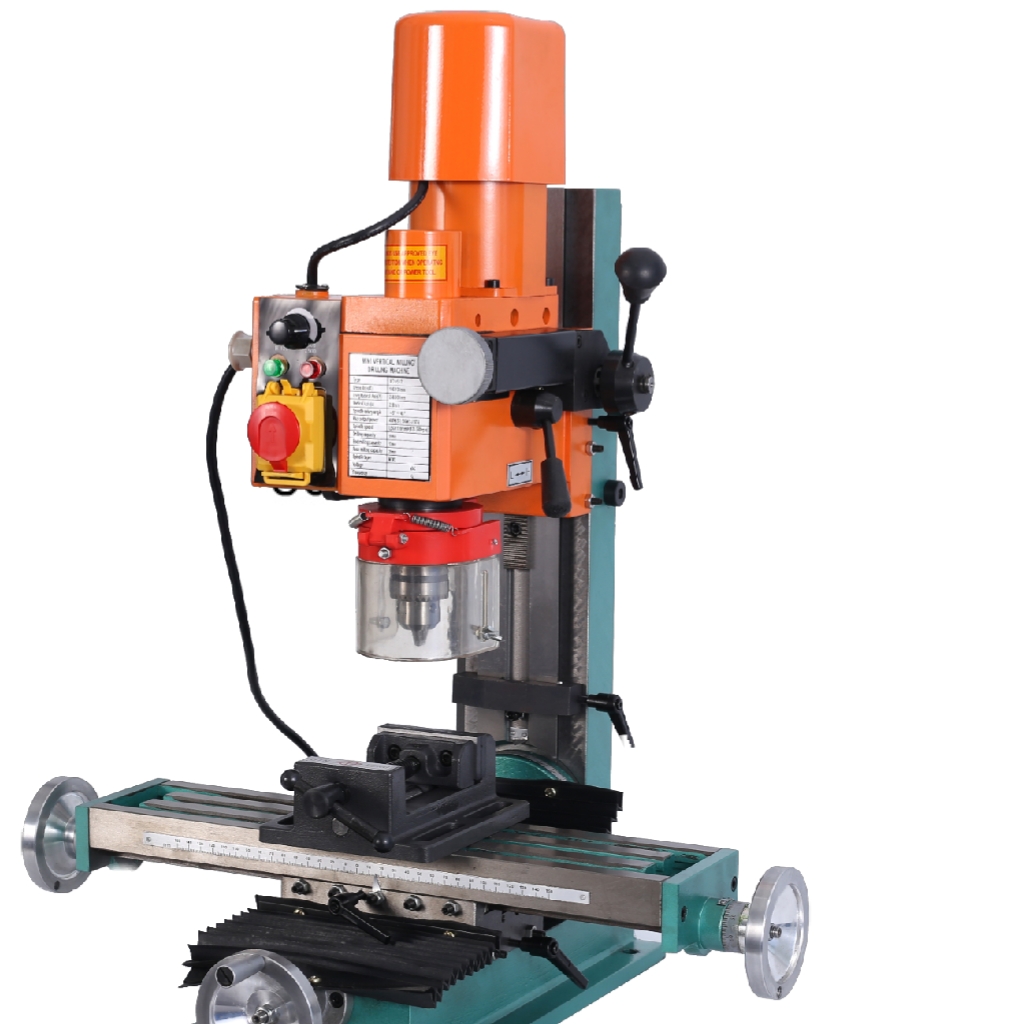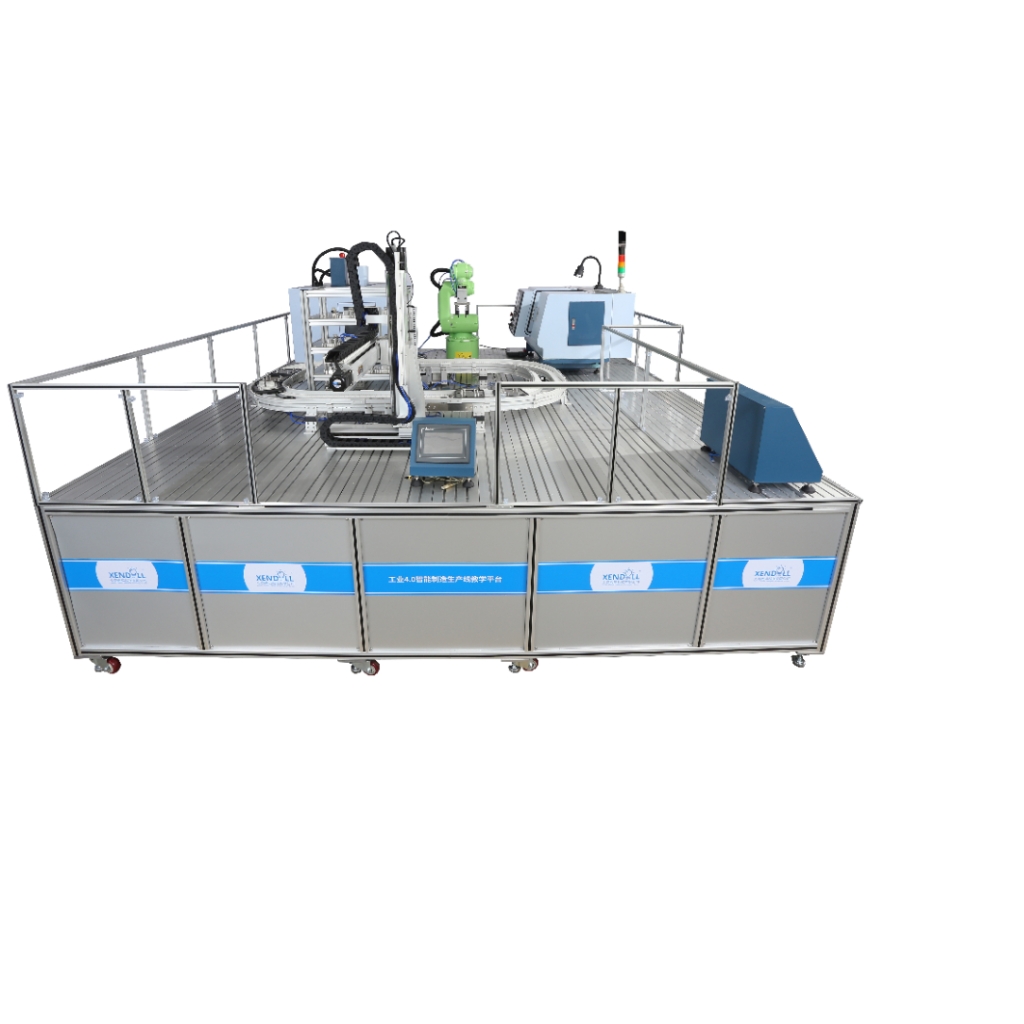Blog
Xendoll has 22 years of experience in the production of small machine tools. We will help you choose the suitable machine and share our experience in CNC machining with you.
 Apr 29, 2025
Apr 29, 2025

 902
902
n the world of manufacturing, engineering, and hands-on education, the metal lathe stands as a cornerstone tool for precision machining. But beyond its industrial applications, mini lathes are increasingly finding their place in STEM (Science, Technology, Engineering, and Mathematics) education, empowering students and hobbyists to turn raw materials into functional components and creative projects. For educators, mechanical enthusiasts, and distributors targeting STEM-focused audiences, understanding the versatility of a mini lathe—especially one capable of wood turning and metalworking—is key to unlocking its educational potential. This article explores the diverse projects achievable with a metal lathe in STEM settings, emphasizing how compact, user-friendly machines inspire innovation and skill development.
Section 1: The Role of Mini Lathes in STEM Education
STEM education thrives on bridging theoretical concepts with real-world applications. A mini lathe serves as an ideal tool for this purpose, offering students a hands-on introduction to mechanical engineering, material science, and problem-solving. Unlike larger industrial lathes, mini lathes are compact, affordable, and safe for classroom use, making them accessible to learners of all ages.
Key benefits include:
Precision Skill Development: Students learn to measure, cut, and shape materials with accuracy.
Cross-Disciplinary Learning: Projects integrate physics (rotational forces), mathematics (measurements), and design principles.
Creativity and Innovation: From prototyping to artistic creations, lathes encourage experimentation.
By incorporating wood turning and metalworking, educators can diversify projects to cater to varying skill levels and interests.

Section 2: Practical Projects for STEM Classrooms
A mini lathe’s true value lies in the tangible items students can create. Below are five project categories that align with STEM curricula while highlighting the tool’s adaptability.
2.1 Basic Machining Components
Project Example: Bolts, Nuts, and Threaded Rods
Teaching threads and fasteners is a foundational lesson in engineering. Using a metal lathe, students can craft custom bolts or nuts, learning about pitch, diameter, and threading techniques. This project reinforces geometry and mechanical assembly principles.
2.2 Custom Tools and Parts
Project Example: Small Hammers or Chisels
Combining wood turning with metalwork, students can create ergonomic handles for tools like hammers or chisels. The metal lathe shapes the tool heads, while wooden handles are crafted separately. This teaches material compatibility and functional design.
2.3 Functional Art and Decor
Project Example: Metal or Wooden Chess Pieces
Artistic projects merge creativity with technical skill. Students can design chess pieces using metal for durability or wood for classic aesthetics. This project emphasizes symmetry, balance, and surface finishing techniques.
2.4 Prototyping Mechanical Systems
Project Example: Gears and Pulleys
Mini lathes enable students to machine gears or pulleys for simple machines like clocks or conveyor belt models. These projects demonstrate power transmission and gear ratios, key concepts in physics and robotics.
2.5 Eco-Friendly Innovations
Project Example: Wind Turbine Components
Using recycled metals or sustainably sourced wood, students can craft small turbine blades or shafts. This ties into renewable energy studies, promoting sustainability alongside machining skills.
Section 3: Wood Turning on a Mini Metal Lathe
While metal lathes are traditionally associated with machining metals, many modern mini lathes support wood turning with minor adjustments (e.g., using wood-specific chisels). This dual capability broadens their appeal in STEM education.
3.1 Advantages of Combining Wood and Metal
Material Diversity: Students compare the properties of wood (soft, grain-oriented) vs. metal (hard, isotropic).
Cost-Effective Learning: Wood is cheaper and easier to source for initial projects.
Art-Meets-Engineering: Projects like wooden bowls or pens with metal accents foster interdisciplinary creativity.
3.2 Sample Wood Turning Projects
Pen Making: Students craft wooden pen bodies and assemble them with metal components.
Architectural Models: Turn wooden columns or beams for scaled-down structural designs.
Musical Instruments: Create woodwind mouthpieces or drumstick prototypes.

Section 4: Enhancing STEM Outcomes with Mini Lathes
To maximize educational impact, educators and distributors should emphasize the following:
4.1 Curriculum Integration
Pair lathe projects with lessons on CAD software for digital design.
Use machining challenges to teach problem-solving (e.g., troubleshooting tool chatter).
4.2 Safety and Accessibility
Highlight safety features of mini lathes (e.g., emergency stops, enclosed designs).
Provide step-by-step guides for beginners to build confidence.
4.3 Community and Collaboration
Organize group projects, such as building a mini steam engine, to foster teamwork.
Connect with local makerspaces or industry partners for real-world insights.
From crafting intricate metal components to exploring the artistry of wood turning, a mini lathe is more than a machining tool—it’s a gateway to experiential STEM learning. For educators, these projects nurture critical thinking and technical proficiency, while distributors gain a compelling product story to share with schools and hobbyists. As STEM education continues to prioritize hands-on innovation, mini lathes will remain indispensable in shaping the engineers, artists, and problem-solvers of tomorrow.
By investing in versatile, user-friendly equipment like a mini lathe for STEM education, institutions and enthusiasts alike unlock endless possibilities for creativity, discovery, and growth.
For details, please refer to the following link:
https://www.xendolltools.com/category/micro-cnc-machine.html



 Show all our samples
Show all our samples
 Provide you with a free quote
Provide you with a free quote
 Answer all the questions you may have
Answer all the questions you may have
 Guided installation and other options
Guided installation and other options